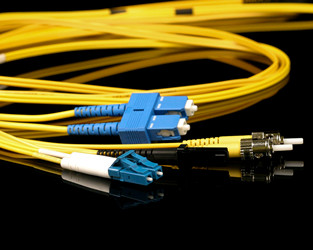
Fiber optic patch cords
1. Introduction to optical fiber cords
Optical fiber patch cord (also known as optical fiber connector) refers to the connector plug installed at both ends of the optical cable to realize the active connection of the optical path; If a plug is installed at one end, it is called a pigtail.
Optical Fiber Patch Cord/Cable is similar to coaxial cable, except that there is no mesh shield. In the center is a glass core where light propagates.
In multimode optical fiber, the diameter of the core is 50μm ~ 65μm, which is roughly the thickness of human hair. The diameter of single-mode fiber core is 8μm~10μm. The core is surrounded by a glass envelope with a lower refractive index than the core to keep the fiber inside the core. Outside is a thin plastic jacket to protect the envelope.
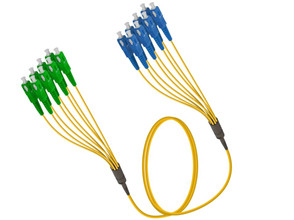
2. Classification of optical fiber jumpers
Optical fiber jumpers can be divided into common single-mode and multimode jumpers of silicon-based optical fibers according to different transmission media, as well as other optical fiber jumpers such as plastic as the transmission medium;
According to the structure of the connector, it can be divided into: FC jumper, SC jumper, ST jumper, LC jumper, MTRJ jumper, MPO jumper, MU jumper, SMA jumper, FDDI jumper, E2000 jumper, DIN4 jumper, D4 jumper and so on. The more common optical fiber patch cords can also be divided into FC-FC, FC-SC, FC-LC, FC-ST, SC-SC, SC-ST, etc.
Single-mode fiber: the general fiber patch cord is indicated by yellow, and the connector and protective sleeve are blue; Long transmission distance.
Multi-mode fiber (Multi-mode Fiber): Generally, optical fiber jumpers are indicated by orange, and some are indicated by gray, and the connectors and protective sleeves are beige or black; The transmission distance is short.
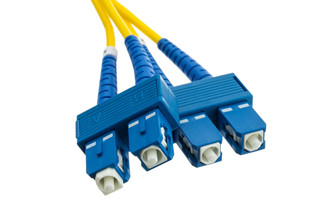
3. Precautions for the use of optical fiber jumper
The transmission and reception wavelength of the optical module at both ends of the optical fiber patch cord must be consistent, that is to say, the two ends of the optical fiber must be the same wavelength optical module, and the simple way to distinguish is that the color of the optical module should be consistent.
In general, shortwave optical modules use multimode optical fiber (orange optical fiber), and long-wave optical modules use single-mode optical fiber (yellow fiber) to ensure the accuracy of data transmission.
The optical fiber should not be bent and looped excessively in use, which will increase the attenuation of light during transmission.
After the optical fiber patch cord is used, the optical fiber connector must be protected with a protective sleeve, dust and oil will damage the coupling of the optical fiber. If the fiber optic connector is soiled, it can be cleaned with a cotton swab dipped in alcohol, otherwise the quality of communication will be affected.
l Before use, the optical fiber jumper ceramic ferrule and the end face of the ferrule must be wiped clean with alcohol and skim cotton.
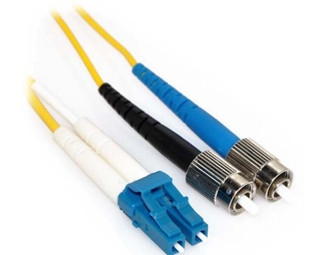
l The minimum bending radius of the optical fiber is less than 30mm when used.
l Protect the ferrule and the end face of the mortin to prevent bruising and pollution, and bring the dust cap in time after disassembly.
l Do not look directly at the end face of the optical fiber when the laser signal is transmitted.
l When man-made and other force majeure factors are damaged, the damaged optical fiber jumper should be replaced in time.
l Before installation, the manual should be carefully read, and the installation and debugging should be carried out under the guidance of the engineer of the manufacturer or dealer.
l If there is an abnormal situation in the optical fiber network or system, the troubleshooting method can be used to test one by one. When testing or troubleshooting jumpers, on-off tests can be done first, and a visible laser pointer can usually be used to light the entire fiber link. Or further use the precision optical fiber insertion loss return loss meter to test its indicators, the indicators are within the qualified range, the jumper indicates normal, otherwise it is unqualified
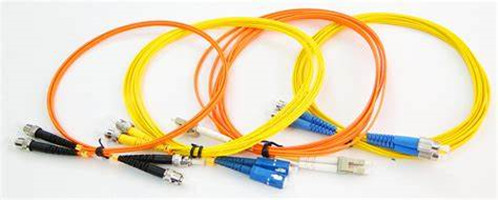
4, The characteristics of optical fiber jumper
1. Low insertion loss
2. Good repeatability
3. Large return loss
4. Good interplugging performance
5. Good temperature stability
6. Strong tensile performance
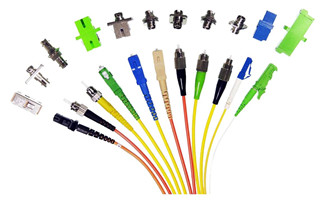
5. Application of optical fiber jumper
Optical fiber jumper products are widely used in: communication room, fiber to the home, local area network, optical fiber sensor, optical fiber communication system, optical fiber connection transmission equipment, national defense combat readiness, etc. It is suitable for cable TV network, telecommunication network, computer optical fiber network and optical test equipment. Subdivided, it is mainly used in several aspects.
1. Optical fiber communication system
2. Optical fiber access network
3. Optical fiber data transmission
4. Fiber optic CATV
5. Local Area Network (LAN)
6. Test the equipment
7. Fiber optic sensor
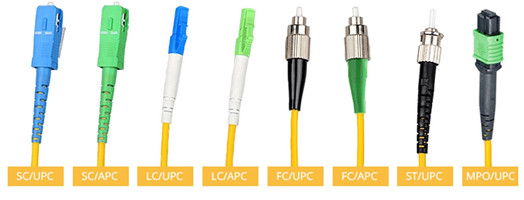
6. Selection of optical fiber jumper
Optical fiber patch cords are divided into the following three types according to the type of termination: ST-ST, SC-SC, ST-SC.
According to the type of optical fiber, there are mainly two types: single-mode fiber and multimode fiber.
Jumper lengths are available in sizes of 0.5m, 1m, 2m, 3m, 5m, 10m, etc.
According to the outer sheath material of the cable, it can be divided into ordinary type, ordinary flame retardant type, low-smoke halogen-free type (LZSH), low-smoke halogen-free flame retardant type, etc.
According to the fire rating of the building and the fire resistance requirements of the material, the integrated wiring system should take corresponding measures.
Cables or optical cables should be deployed in flammable areas and building shafts, and flame-retardant cables and optical cables should be used;
In large public places, flame retardant, low-smoke, low-toxicity cables or optical cables should be used;
Flame-retardant wiring equipment should be used between adjacent equipment or handover rooms.
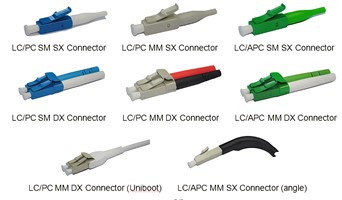
7. How to detect whether the optical fiber patch cord is qualified
Use the insertion loss meter to first use a clear pen to measure whether the jumper is through, and determine that the optical fiber is not broken, the indicators of general telecom test: insertion loss is less than 0.3dB, return loss is greater than 45dB.
The performance testing of fiber optic patch cords is divided into:
l Optical performance testing
Includes return loss/insertion loss test, the test instrument can use the FibKey 7602 return loss/insertion loss integrated tester.
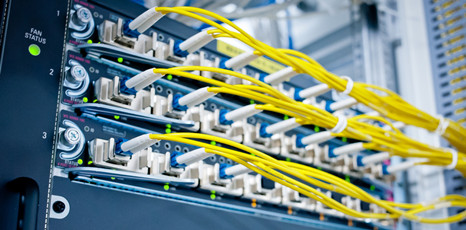
l End face geometry test
The parameters tested include radius of curvature, vertex offset, fiber height, etc. The instrument tested is an interferometer, and many people use Norland AC/NC3000 or CC6000 for testing. In particular, the CC6000 interferometer is used by more and more factories because of its superior cost performance.
l Fiber end face scratch detection
Video fiber magnifiers are used for observation, such as many factories using the FibView FV-400PA for inspection. The instrument gives the sharpest images and is extremely easy to operate. There are also customers who use FibKey-5600 variable magnification magnifying glass for inspection, which integrates 400x, 200x, and 80x magnifying glasses, which can clearly and conveniently observe the fiber end face and mortise end face. Of course, automatic checks can also be carried out using the relevant software.
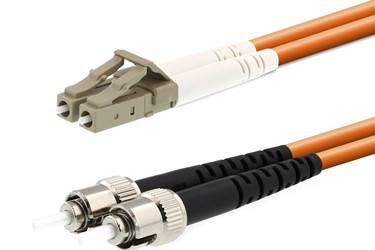
l Fiber tensile test
It is necessary to test the amount of tension that the fiber optic connector can withstand.
l Ambient temperature experiment
It is necessary to test the performance indicators of fiber optic connectors under different ambient temperatures.
8. Common applications of common optical fiber jumper interfaces
Common interface types of optical fiber jumpers are FC, SC, ST, PC, APC, LC, and the optical fiber jumper of the FC connector is mostly used on the distribution frame, and the optical fiber jumper of the SC connector is mostly used on the router switch. In addition, there are various forms of optical fiber interface types such as MTRJ, MPO, MU, SMA, FDDI, E2000, D4 and so on.
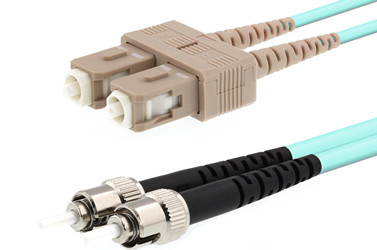
Fiber patch cord interface
Optical fiber patch connector is a problem that users must consider when purchasing optical fiber jumper, understanding the meaning of various optical fiber patch cord connectors can help users find the products they want faster.
l FC type fiber optic patch cord
The external reinforcement method is a metal sleeve, and the fastening method is a screw buckle. FC connector is generally used in telecommunication networks, and a nut is screwed to the adapter, which has the advantage of being reliable and dust-proof, and the disadvantage is that the installation time is slightly longer. It is generally used on the ODF side (the most used on the distribution frame, and it is also mostly used in optical transceivers)
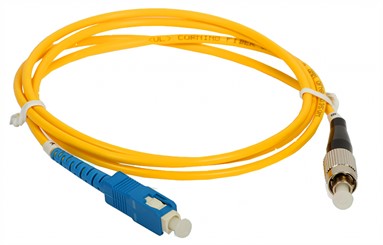
l SC type fiber optic patch cord
The connector connecting the GBIC optical module has a rectangular shell and is fastened by a plug-in latch type without rotation. SC connector directly plugged and unplugged, very convenient to use, the disadvantage is easy to fall out (the most used on router switches)
l ST type fiber optic patch cord
After the ST head is inserted, there is a bayonet fixed in half a cycle of rotation, the disadvantage is that it is easy to break; Commonly used in optical fiber distribution frames, the shell is round, and the fastening method is screw buckle. (For 10Base-F connections, the connector is usually an ST type.)
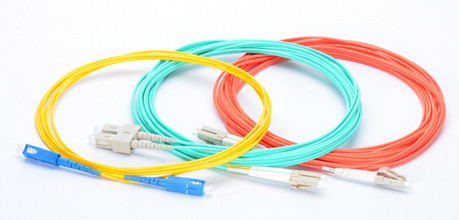
l LC type fiber optic patch cord
Connector for connecting SFP modules, made with an easy-to-operate Modular Jack (RJ) latching mechanism. (Default LC interface of SFP optical module)
l MT-RJ type fiber optic patch cord
Square fiber optic connector with integrated transceiver and transceiver, one end of dual-fiber transceiver integration. MTRJ type optical fiber patch cord consists of two high-precision plastic molded connectors and optical cables. The outer parts of the connector are precision plastic parts, including a push-pull plug-in clamping mechanism. Suitable for indoor applications in telecom and data network systems.
